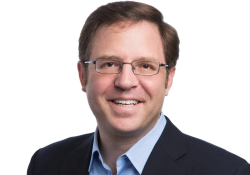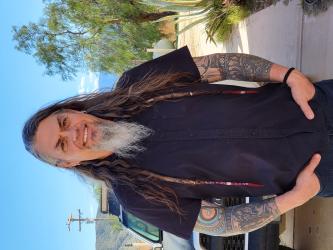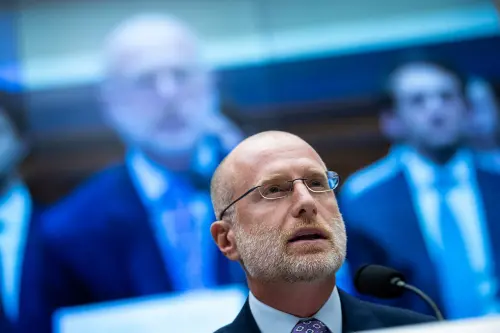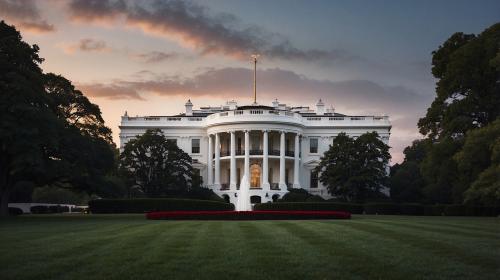2025
As the United States works to advance high-speed broadband as part of the recently passed Infrastructure Investment and Jobs Act, what is the status, and how are state and local communities being activated to support deployment and digital inclusion activities? The National Telecommunications Information Administration in the U.S. Department of Commerce leads the allocation of $45 billion of the $65 billion federal appropriation, and has worked with governors, and state broadband offices to draft plans for digital allotments, and frameworks for oversight of eligible entities. Simultaneously, municipal, and national coalitions are coalescing around digital inclusion and equity goals.
On April 21, an expert panel discussed how states, municipalities, national coalitions, and community-based organizations are working on short- and long-term broadband goals, and how they are addressing roadblocks to closer broadband availability for U.S. residents in urban, rural, and tribal communities.
Viewers submitted questions for speakers by emailing [email protected] or via Twitter at @BrookingsGov by using #UniversalBroadband.
Agenda
-
April 21
-
Fireside chat
Panelist
 Alan Davidson Assistant Secretary, National Telecommunications and Information Administration (NTIA) - U.S. Department of Commerce @DavidsonNTIA
Alan Davidson Assistant Secretary, National Telecommunications and Information Administration (NTIA) - U.S. Department of Commerce @DavidsonNTIAModerator
NTNicol Turner-Lee Fellow - Brookings Institution -
Panel
Moderator
NTNicol Turner-Lee Fellow - Brookings InstitutionPanelist
 Fallon Wilson Vice President - Multicultural Media, Telecom, and Internet Council (MMTC), Director - Black Churches for Digital Equity @SistahWilson
Fallon Wilson Vice President - Multicultural Media, Telecom, and Internet Council (MMTC), Director - Black Churches for Digital Equity @SistahWilson
-




